Valve actuator / actuation -(5)- advantages
Advantages of valve actuators:
Actuator companies can establish a complete, efficient, flexible, and integrated marketing information platform
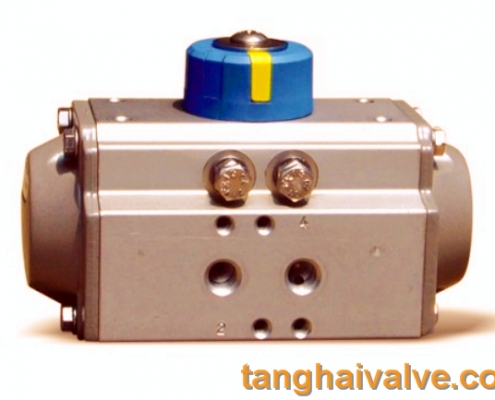
pneumatic actuator for marine valve
through the application of the CRM system, achieve the following goals, and help companies gain advantages in the fierce market competition:
- 1. Comprehensive and effective management of customer information resources and market competition information;
- 2. Master every detail of sales opportunities, procurement, sales, contracts, expenses, services, care, etc. throughout the process;
- 3. Comprehensive and multi-angle analysis of customers, sales and accounts receivable provide a basis for decision-making;
- 4. Brand-new service and care management thought runs through pre-sales, in-sales and after-sales;
- 5. All employees realize collaborative office, information release and sharing, and centralized document management
- 6. The customer relationship management system can enable sales staff to manage customers conveniently and quickly, and record customer information in detail, eliminating the trouble of finding traditional notebooks every day; the system will remind sales staff to do what they should do today; at the same time You can easily determine the type of customers, facilitate the tracking of important customers, and improve work efficiency.
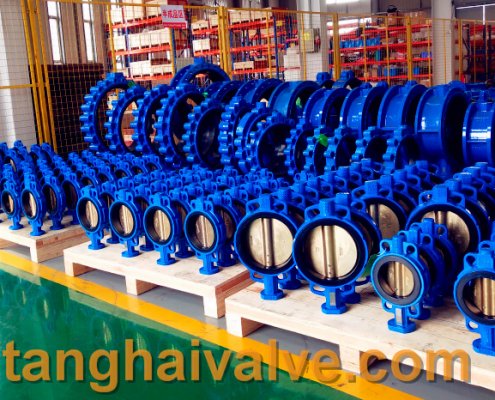
ductile iron, DI, butterfly valve, manufacturer, center line, TH valve
- 7. The sales staff management system can record sales staff contact business records and event records, and record the whole sales process in detail, which is convenient for the enterprise to grasp all the information of customers. At the same time, the leader can guide the sales staff’s sales process at any time, adjust sales in time, and promote sales. Achieve unified management of sales personnel in all sales outlets, which facilitates the leadership to conduct employee assessment, and at the same time ensures that customer information will not be lost due to employee resignation.
- 8. The customer service management system can record and track the work of the customer service department throughout the whole process, and the customer service staff can realize task transfer and coordination through the system. Through the system, the customer service departments of all parts of the company can coordinate the tasks organically. Even in different places, they can also accept tasks and achieve collaboration in the shortest time, realizing the promise of “service in place within 24 hours”.
The above briefly analyzes several typical aspects of actuator CRM applications. When facing the production material market or the living material market, the manufacturing of systems/equipment/components, finished products/rough processed products, medicines/food/beverages, durable goods/quick consumables, etc. Products, adaptive business models are different, and the strategies and methods adopted are also different. If your business belongs to the manufacturing industry, if your business organization (sales, service, marketing) implements CRM management.
TH Valve is a professional manufacturer of butterfly valve, gate valve, check valve, globe valve, knife gate valve, ball valve with API, JIS, DIN standard, used in Oil, Gas, Marine industry, Water supply and drainage, fire fighting, shipbuilding, water treatment and other systems, with Nominal Diameter of DN50 to DN1200, NBR/EPDM/VITON, Certificates & Approvals: DNV-GL, Lloyds, DNV, BV, API, ABS, CCS. Standards: EN 593, API609, API6D
Related news/knowledge:
Related Information of flange butterfly valve;
Comparison and analysis of the performance of the wafer butterfly valve;
Wafer butterfly valve installation instructions and steps;
Classification and advantages of gate valve

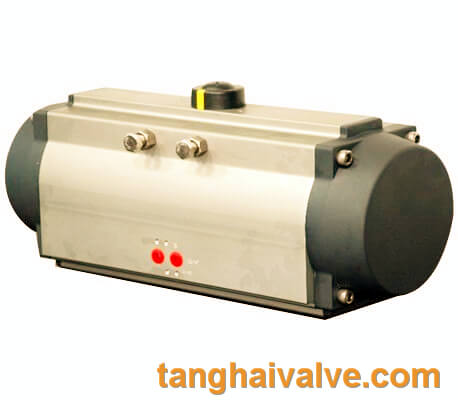
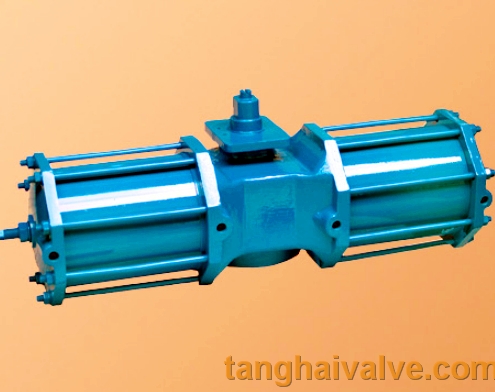
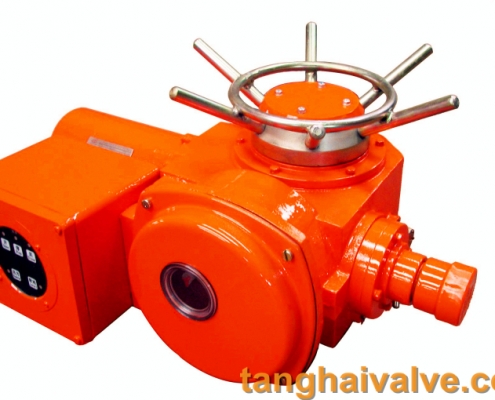
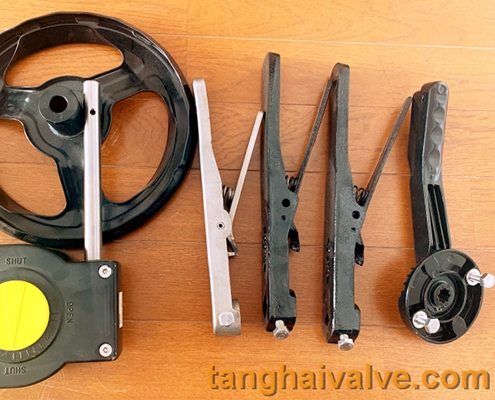
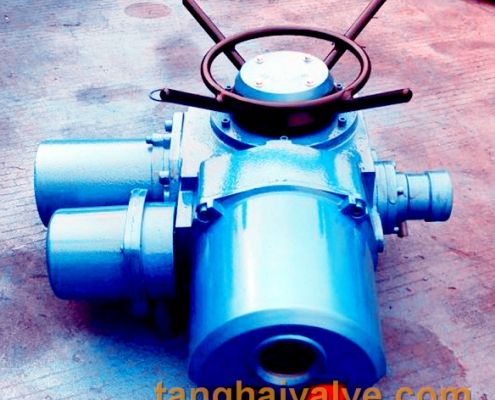


 © Copyright 2020 Tianjin Tanghaidongyang Valve Co., Ltd. All Rights Reserved.
© Copyright 2020 Tianjin Tanghaidongyang Valve Co., Ltd. All Rights Reserved.